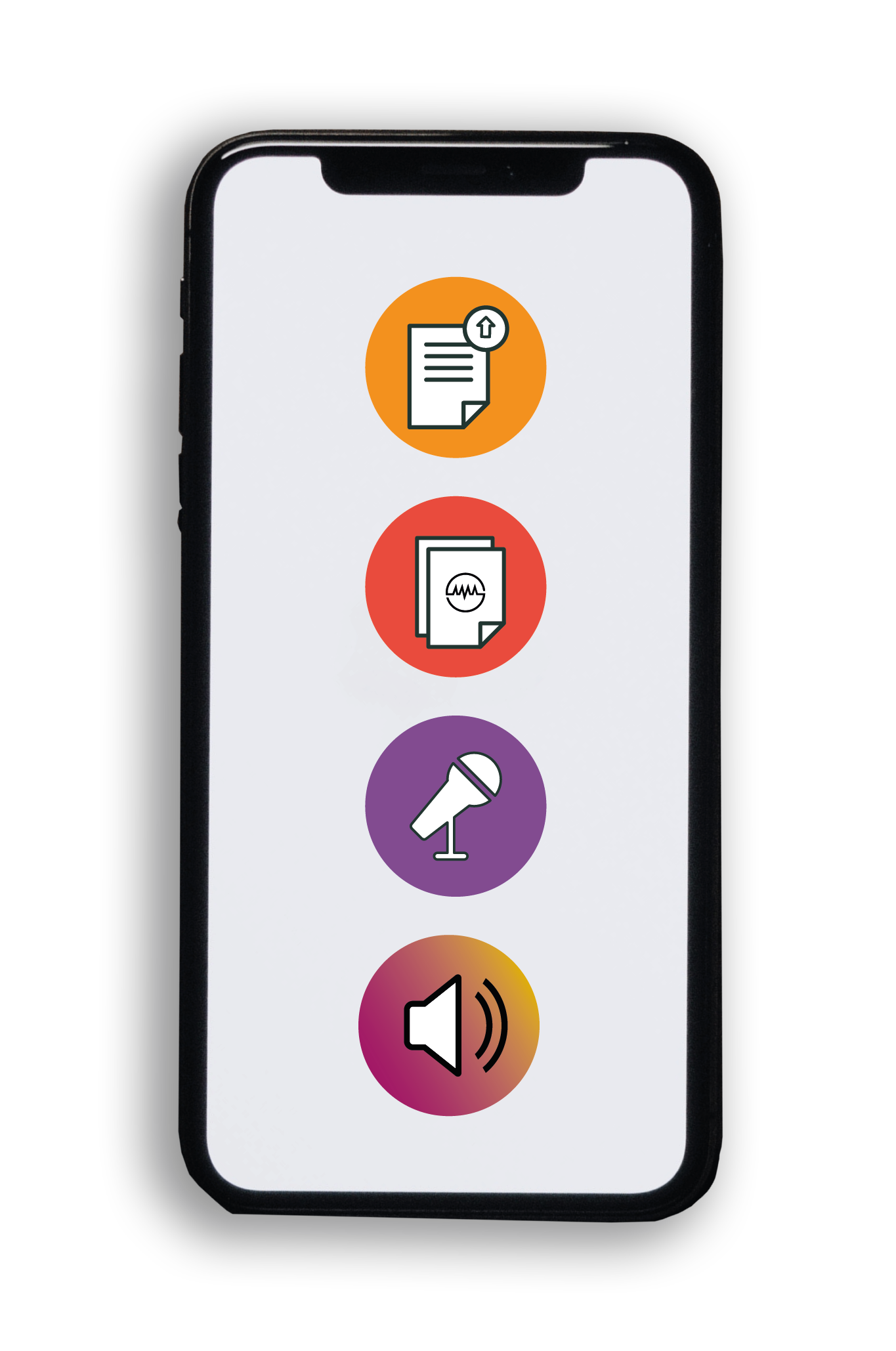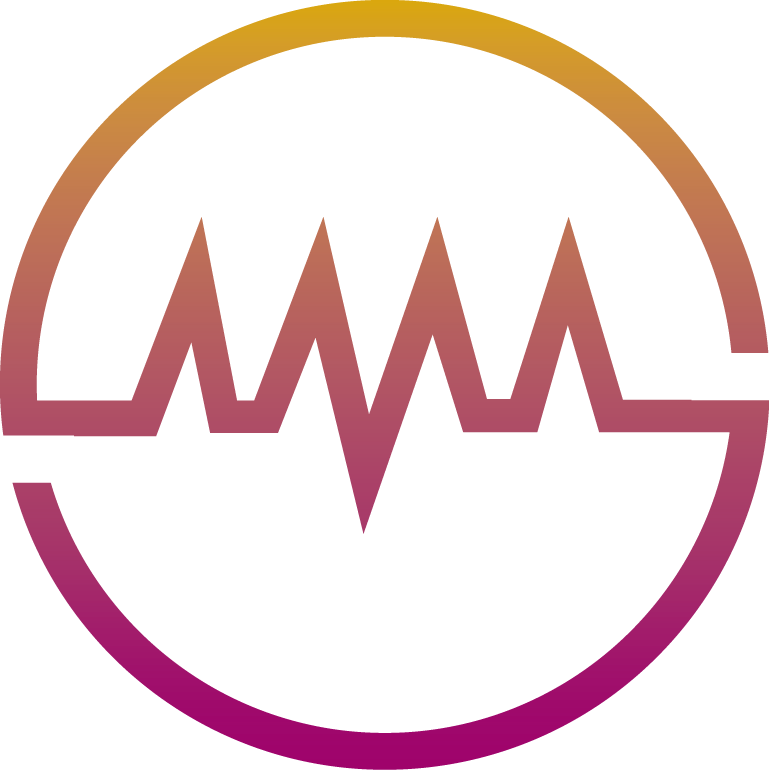Hookah Smoking Understanding User Perceptions And Health Risks -Professor Mary Rezk – Hanna, University Of California
Original Article Reference
This SciPod is a summary of the paper:
https://doi.org/10.33548/SCIENTIA647
Share Episode
About this episode
Hookah smoking is the least regulated tobacco form. It is rapidly gaining in popularity to the extent that we are now facing a contemporary epidemic of tobacco abuse. Of particular concern is the level of usage among youth and young adults. Professor Mary Rezk-Hanna from the University of California, Los Angeles works with a group of scientists who aim to drive policy regulation of tobacco and alternative tobacco products, including hookah smoking, by investigating their health effects on the cardiovascular system.
This work is licensed under a Creative Commons Attribution 4.0 International License. 
What does this mean?
Share: You can copy and redistribute the material in any medium or format
Adapt: You can change, and build upon the material for any purpose, even commercially.
Credit: You must give appropriate credit, provide a link to the license, and indicate if changes were made.
More episodes
Professor Dr. Frederik Wenz | McDonaldization in Healthcare: Opportunities and Pitfalls for Patients and Providers
If you stroll into a McDonald’s fast-food restaurant in Paris, Tokyo, or New York, you’ll notice that the Big Mac tastes the same, the menu looks familiar, and the process is quick and efficient. You order your food, wait a short while, and you get exactly what you expect. In the 1990s, American sociologist George Ritzer gave a name to this phenomenon: McDonaldization. He identified four principles behind the model’s success. The first is Efficiency, in terms of getting things done in the fastest, least expensive way possible. Second comes Calculability, which involves valuing numerical metrics, such as how many burgers sold and how fast they were served, over subjective qualities such as taste or ambiance. The third factor is Predictability, which involves making sure the experience is the same way everywhere. The final aspect is Control, where the corporation uses refined rules, technology, and systems to achieve the preceding three principles. While these ideas may work for burgers and fries, can they work if applied to something very different, such as healthcare? In a thought-provoking review, Professor Dr. Frederik Wenz of the University of Freiburg explores how these fast-food-inspired principles are transforming hospitals, clinics, and even the role of patients themselves. This phenomenon doesn’t just involve faster patient registrations or standardized treatments. It’s about a fundamental shift in how we think about healing, and how much responsibility patients are willing (or able) to take on themselves.
Dr. Adam W. Carrico | Biobehavioral Approaches to HIV Prevention and Treatment in Sexual Minority Men Who Use Stimulants
Research from Dr. Adam W. Carrico at the Florida International University, and his colleagues, explores innovative approaches to address HIV prevention and treatment challenges among sexual minority men who use stimulants. Three interconnected studies examine how behavioral interventions can reduce HIV viral load, alter gene expression in immune cells, and increase the use of preventive medication in this high-priority population. Collectively, these randomized controlled trials provide compelling evidence of the potential of behavioral interventions to improve health behaviors and outcomes.
Dr Maysa Falah – Dr Michael Dillon | Threats in the medicine cabinet? What Jordan’s struggle with fake medicines reveals about a global crisis
When we reach into a medicine cabinet we aim to find something to relieve our symptoms and treat our ailments. This could be a painkiller for a headache, an antibiotic for an infection, or insulin for diabetes. Typically, we assume that what’s inside that blister pack, bottle or vial is real, safe, and effective. But what if it’s not, and not only may it be ineffective at relieving our symptoms, but it could even cause harm? That unsettling question is at the heart of a groundbreaking new study from the University of Plymouth. Led by Dr Maysa Falah and Dr Michael Dillon, the research team explored an underreported problem that quietly afflicts health systems worldwide: substandard and falsified medicines, or SF medicines for short. Through their research in Jordan, they offer a glimpse into how widespread and misunderstood the issue truly is, not just among the public, but also in pharmacies and clinics, revealing both the prevalence of poor-quality medicines and the deep uncertainty around what we trust to put in our bodies.
Dr. Jonas Mellgren | Shaping the Future: How a Tiny Screw Is Changing Children’s Lives
When a baby is born, the bones of the skull are meant to behave like the slats of a wooden barrel, flexible enough to slide into the correct orientation as the brain beneath them doubles in size during the first year of life. However, in about seven of every 100,000 births one of those seams between the bones of the skull (called a suture) closes too early along a single side of the forehead, a condition called unicoronal synostosis (or UCS). Instead of rounding out evenly, the skull twists: one brow pulls backward, the opposite brow juts forward, the eye sockets tilt, and the nose shifts off‑centre. Beyond cosmetic considerations such as the visible asymmetry, these children can also face raised brain pressure, vision problems and slower development.
Increase the impact of your research
• Good science communication helps people make informed decisions and motivates them to take appropriate and affirmative action.
• Good science communication encourages everyday people to be scientifically literate so that they can analyse the integrity and legitimacy of information.
• Good science communication encourages people into STEM-related fields of study and employment.
• Good public science communication fosters a community around research that includes both members of the public, policymakers and scientists.
• In a recent survey, 75% of people suggested they would prefer to listen to an interesting story than read it.

Step 1 Upload your science paper
Step 2 SciPod script written
Step 3 Voice audio recorded
Step 4 SciPod published




